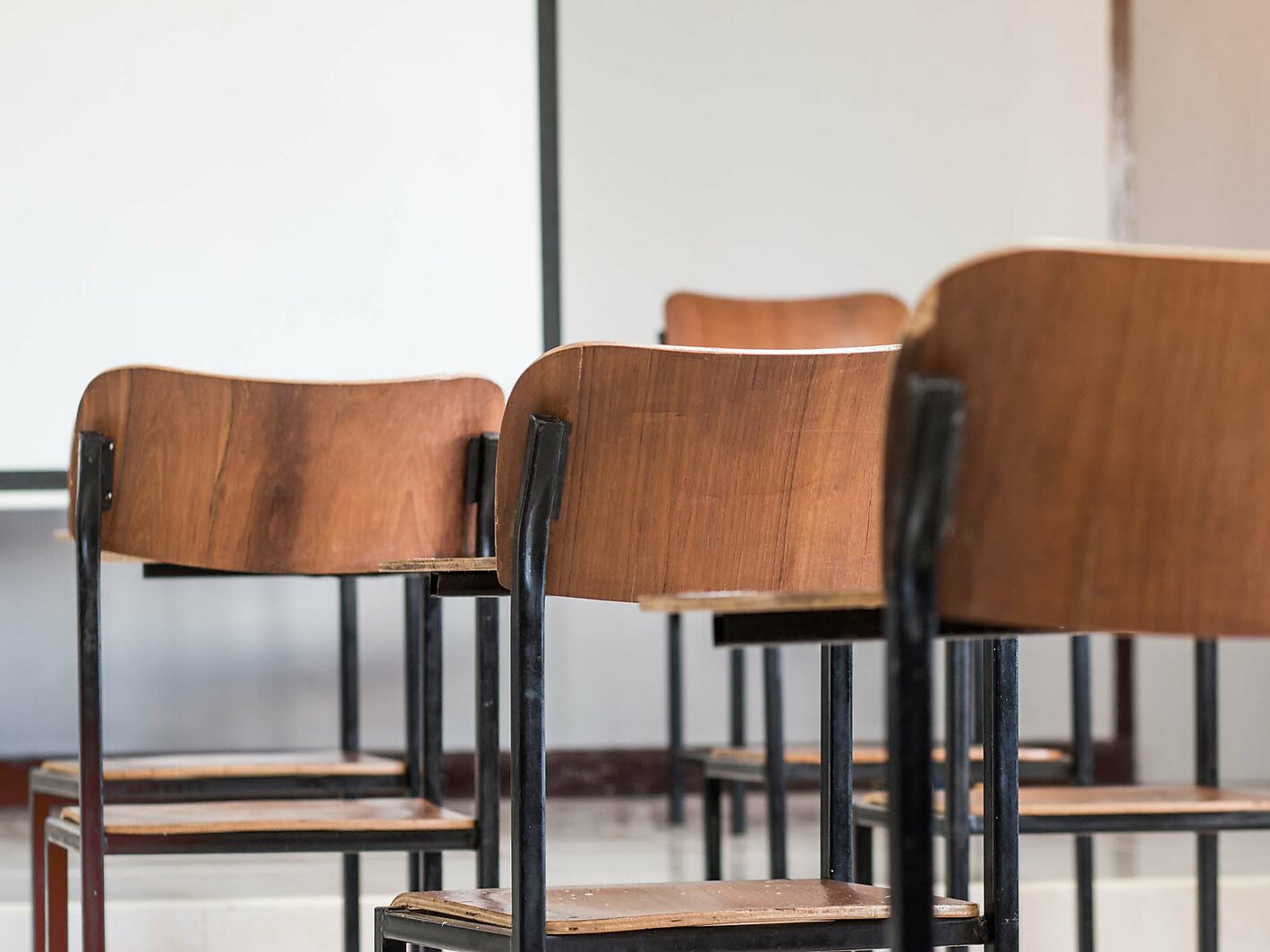We changed our methodology from previous years in an effort to significantly increase our sample and reduce our margin of error. Rather than selecting a relatively small, random sample of schools from the federal Private School Universe Survey, we electronically “scraped” school websites from Private School Review (PSR), an online database of American private schools, and then used Hunter.io to find associated email addresses. Our goal was to come as close to reaching the whole population of private schools as possible.
We began with a list of 27,259 schools collected from PSR. Of those, 2,854 were identified as closed, leaving 24,405 open. Using the web-scraping program, we obtained emails for 11,289 schools. Removing duplicate emails and schools for which we already had an email address left 10,781 schools without emails. We randomized the order of that list and manually searched for emails from a sample of schools. We found 599 additional emails after looking through 997 schools, providing a total of 11,888 schools with at least one email address.
We sent an invitation to participate in the survey to the first email address we had for each of the 11,888 schools. Of those, 1,744 bounced or failed to deliver and 312 were duplicates. The email was successfully sent to 9,826 unique emails. We sent two reminder emails to the schools. We also had alternative emails for some schools and sent the survey to those addresses for 9,928 of the schools. Of those, 1,411 bounced or failed to send and 296 were duplicates. The email was successfully sent to 8,225 unique emails. We sent the survey to a second alternative email for 8,678 schools. Of those, 1,313 bounced or failed to send and 103 were duplicates. The email was successfully sent to 7,264 unique emails. We sent the first and second alternative addresses two reminders.
We also called a random sample of schools that did not respond to the email and attempted to administer the survey over the phone. We called 260 schools and were able to administer the survey completely to 52.
We collected data from October 12 to October 31, contacting 10,549 unique schools. We had 298 schools respond to at least some portion of the survey, and 286 provided the data for the primary variable of interest: whether enrollment had increased, decreased, or stayed the same, giving us a response rate of 3 percent. Different variables reported here had slightly different numbers responding, but assuming essentially a random distribution of response, all fell within a +/- 6 percent margin of error at the 95 percent confidence interval.


